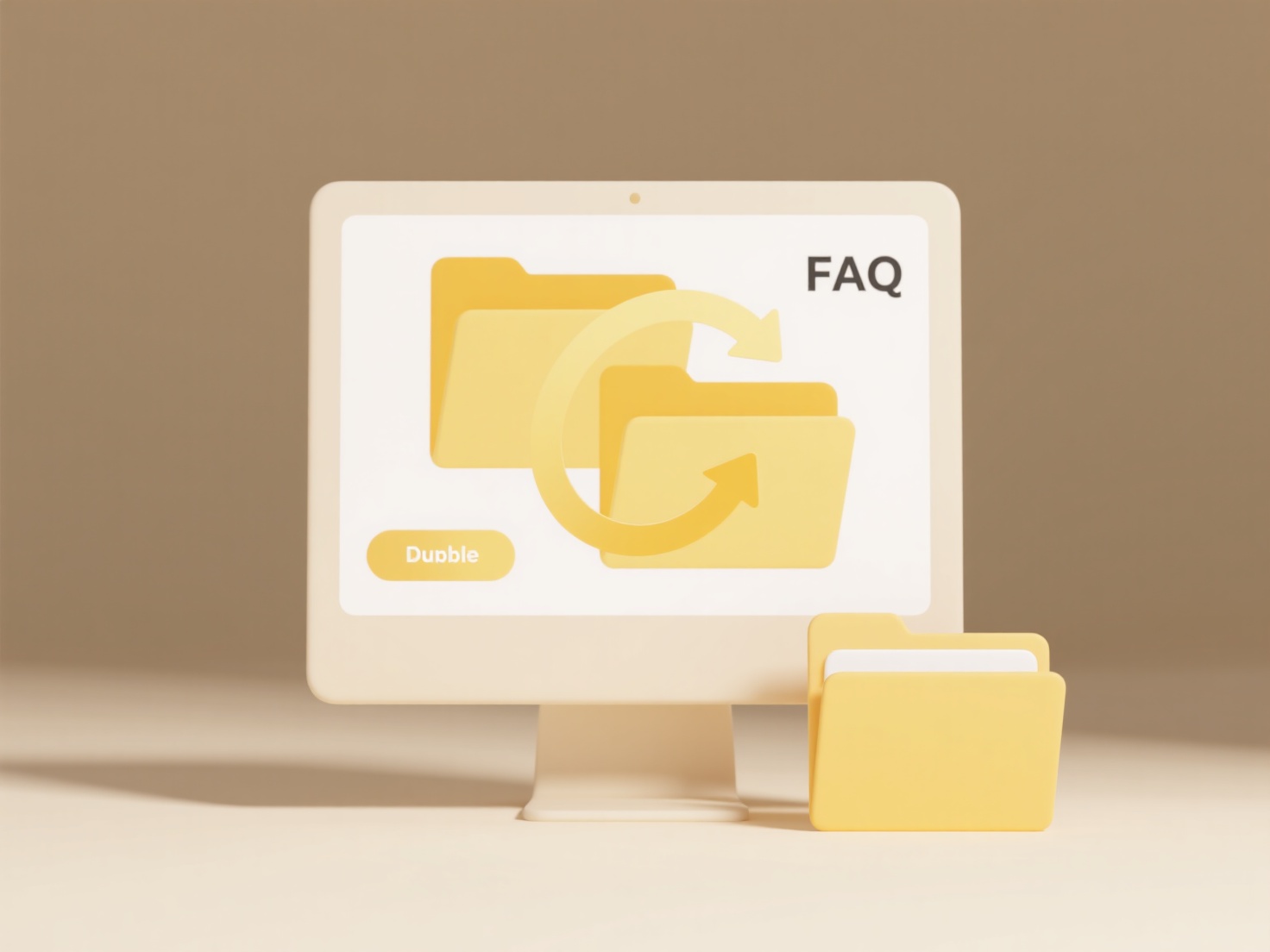
Company-wide organizational standards are the documented rules, guidelines, and procedures established to ensure consistency in how employees perform tasks, handle data, communicate, or manage projects across the entire organization. They differ from departmental rules by applying universally, creating a unified approach regardless of team or location. Enforcing these standards involves establishing clear, accessible documentation, consistent communication through training and leadership, and implementing mechanisms like regular audits or built-in technology checks to verify adherence.
Common examples include enforcing standardized naming conventions for digital files and folders through IT systems like Sharepoint or Google Drive permissions, ensuring everyone can efficiently find information. Another is requiring specific communication protocols (e.g., response times, platforms) across sales, support, and development teams to improve customer experience, often managed via platforms like Slack or Microsoft Teams governance policies. Manufacturing and regulated industries frequently enforce safety or quality standards through regular audits.

Enforcing standards significantly improves efficiency, reduces errors, enhances onboarding, and ensures compliance. However, overly rigid standards can stifle creativity and innovation. Key challenges include resistance to change, difficulty ensuring standards remain relevant, and inconsistent leadership reinforcement. Successful enforcement relies heavily on fostering a culture where employees understand the benefits (the "why"), rather than just the rules (the "what"), combining clear guidelines with supportive leadership and practical tools to facilitate adoption.
How do I enforce company-wide organization standards?
Company-wide organizational standards are the documented rules, guidelines, and procedures established to ensure consistency in how employees perform tasks, handle data, communicate, or manage projects across the entire organization. They differ from departmental rules by applying universally, creating a unified approach regardless of team or location. Enforcing these standards involves establishing clear, accessible documentation, consistent communication through training and leadership, and implementing mechanisms like regular audits or built-in technology checks to verify adherence.
Common examples include enforcing standardized naming conventions for digital files and folders through IT systems like Sharepoint or Google Drive permissions, ensuring everyone can efficiently find information. Another is requiring specific communication protocols (e.g., response times, platforms) across sales, support, and development teams to improve customer experience, often managed via platforms like Slack or Microsoft Teams governance policies. Manufacturing and regulated industries frequently enforce safety or quality standards through regular audits.

Enforcing standards significantly improves efficiency, reduces errors, enhances onboarding, and ensures compliance. However, overly rigid standards can stifle creativity and innovation. Key challenges include resistance to change, difficulty ensuring standards remain relevant, and inconsistent leadership reinforcement. Successful enforcement relies heavily on fostering a culture where employees understand the benefits (the "why"), rather than just the rules (the "what"), combining clear guidelines with supportive leadership and practical tools to facilitate adoption.
Quick Article Links
Can I automate permission changes on schedule?
Automated permission scheduling systematically adjusts user access rights at predetermined times without manual interven...
How does OneDrive resolve duplicate file names?
OneDrive resolves file name conflicts when users create or upload files with the same name into the same folder location...
Why does my saved file have the wrong format?
File format issues occur when an application saves a document using a different encoding, extension, or structure than y...